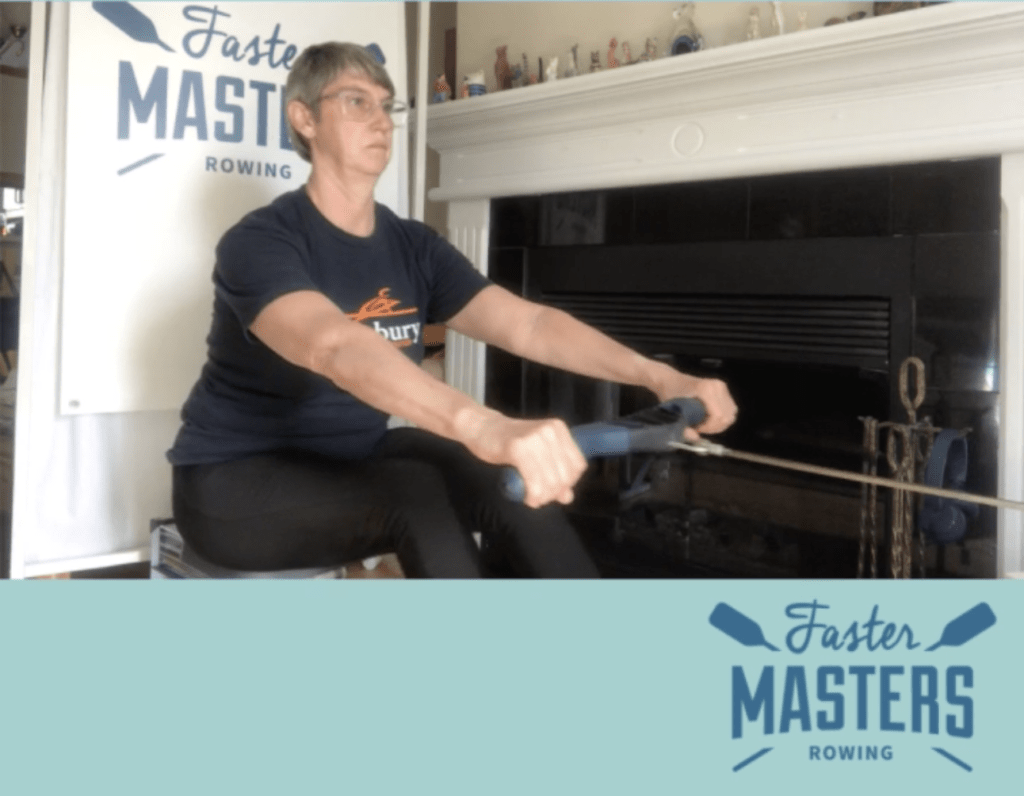Make a “perfect preparation plan” for your next test
I have recently completed coaching an athlete through her 2K test.
This article explains the process I used and gives you a template document which you can use for your athletes. I am assuming readers are either coaches who want to up-skill or athletes who don’t have a coach
Doing a 2K test is daunting for many people and one of the principal things that help make the test manageable is to write a plan for the test. A side benefit of having a detailed plan is that it allows athletes to establish their limitations and identify areas for improvement.
The format for coaching athletes to help themselves is based on allowing them in their own words to organise their thoughts and their recollections of their most recent test.

Step one
Write out exactly what happened on the day of your last test starting from when you woke up in the morning. Write these as separate items in a list down the left hand side of a piece of paper.
I am expecting that they would write something about the time they woke up, what did they eat for breakfast, what they are wearing, what time they went to the club, what they did in the warmup, what they did in each of the segments of the test and what they did afterwards.
Step two
Ask the athletes to separate out what they felt physically from what they were thinking mentally. Obviously this gives a second layer of detail to the plan.
As an example I woke up feeling rested and full of energy I was looking forward to the day.
This statement includes both and objectivists testament of their state of body and their state of mind.
Get them to add to the list of actions from the previous test with state of mind.
Step three
Ask the athletes to identify which of the things they have written down are aspects that they can influence or have control over and which are things which they do not have control over.
The objective here is to identify where they can influence the outcome and where they cannot.
So for example the time that they get out of bed in the morning is entirely within their own control. The time they arrive at the club, what they ate for breakfast, what they did in their warmup and so on these are controllable elements.
The elements which may not have been within their control may include the weather, a car crash which slowed down there transit time to the club, at the fact that they had diarrhoea on the day the fact that they were sat at the end of the row of ergs for their test when they actually preferred to be in the middle etcetera.
Step four
Have them identify the elements of their plan which are under their control and which they felt were positive and contributed successfully to the outcome of their previous test. The goal here is to work out a series of steps which they can do again on the next test day.
And now they should identify the things which they wish to change for the next test so for example this could include eating something different for supper the night before or having more time to allow for our getting to the boathouse in case there is bad weather or traffic jams.
After having completed these two steps the athlete should have an idea of what things they felt is contributed successfully to their previous test and what elements were not successful, needs changing or need improving.
Step five
Get them to write out the plan again for the next test that they are going to do. Have them copy the elements that were successful from the previous test and write out changes which they want to make in order to improve their plan.

General coaching points
While I was coaching an athlete recently we established that she had not identified splits as targets for each of the 500 meter segments. And so based on her target time for 2k we worked out a rating and split target for each of the 500 meter segments. The C2 website has charts you can use for this.
It is important for athletes to have three or four tricks which they can pull out of the bag when they need them during the test which will help them to focus on achieving at 500 meter splits. The focus points need to be positive. As an example you do not want to say something negative like 'don't slouch', instead you need to say 'sit up' as that it is a positive action.
It is my preference to encourage them to have at least one technique focus at least one pressure focus 'trick' and the option to increase the rating in order to achieve the target split.
You do need to explain to them that even if you have a well written plan some elements of this plan must remain flexible. For example you may have a target rating of 30 to 32 during the race and if you are achieving your target splits as a rating of 29 this is acceptable. Conversely if you are not achieving your target splits and you have to take the rating up to 33 in order to achieve the split that is okay it does not matter that the plan said you should be rating 32.
Every plan is only successful if at the end the athlete can say they did their very best to execute all of the elements which are within their control to their best ability. Climbing Mount Everest is only possible if you have process goals along the way.
I like to encourage athletes to keep a training diary so that they have a record of what they did and how they felt as they prepared for a test so that they can reproduce the same conditions next time without having to work it out again.
As athletes acquire skill in pace judgement they will become better at delivering consistently on their plan. You may need to remind them that if you have not tapered your training before a test you may not be pulling personal best scores every time!
Further Resources
- Erg racing webinar - hear from 4 successful erg racers about their preparation, racing tactics and tips
- Erg Intensive Camp - a 3 month erg training program leading up to 2k and 500m races. Self-guided.

